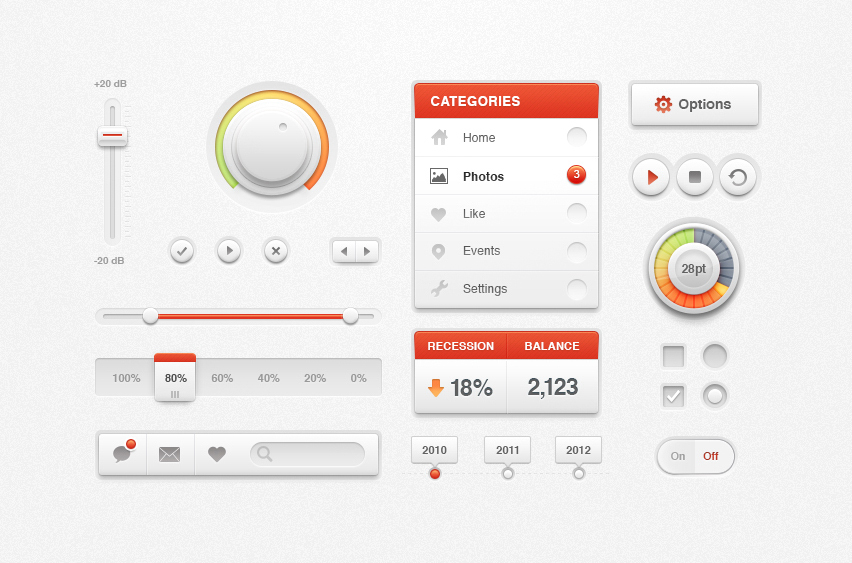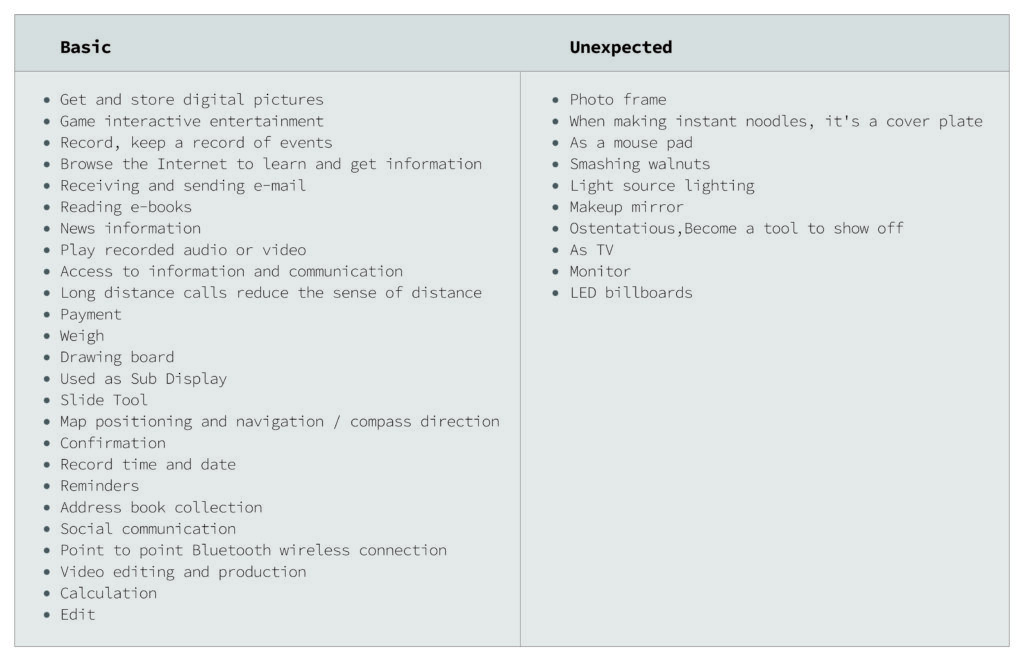
Affordance
In essence, it is the direct perception of the possibility of action, and affordance is the perceived or actual attribute of things. It is the relationship between objects and people, what can individuals do with it, how can they do it? It is a possibility of action. The value of a well-designed object is whether it has such a rich set of affordances, or even people who use it can do something that the designer has never imagined. For example, the parking pillar at the door of the company has the same height as the table, reasonable area, flat, horizontal, and hard physical properties, which provide the availability for the action of “putting the bottle”, even if it is not built to put the bottle.
Norman introduced this concept to the field of design in 1988, and affordance became a fundamental design principle for HCI and interaction design. The use of Affordance is not limited to physical objects; Compared to traditional industrial designers, user interface designers can more freely and easily define the visual properties of the objects they create.

Author/Copyright holder: CICIIII Courtesy of Zhan Ku
“At the same time, there is empirical evidence indicating that visual recognition of verbal material can become direct in the sense of visual features being directly used to carry out appropriate actions without language recognition.”
The characteristics of affordance
1 There is no distinction between primary and secondary affordance
Gibson believes that there is no difference in the affordance of an object, with no distinction between primary and secondary, good or bad. For example, the same piece of wood can be used for sitting down, building houses, and weapons.
2 It is both physical and psychological, or it may be nothing, and it exists in both people/animals and the environment.
A It is objective and will not change according to people’s will
B It is also subjective. If there are no people or animals, its affordance will lose its logic of existence because there are no objects.
3 The affordance factor that determines the environment
A. Physical properties of the environment.
Gibson defined three basic properties of the environment with his concept — Medium, Substances, and Surfaces
B. Operational capacity of actors
The affordance of things is also influenced by the ability of each person/animal, for example, a stone with the same property as before can provide suitable affordability for an adult to sit on, but with a different outcome for an infant, an insect or, an elephant.
In a word, we need to pay attention to the interpretation of affordance in the design process, consider the feasibility of affordance in the design process with the combination of users, and try our best to accurately convey.
· Affordances of iPad:

Thanks for reading. (*^▽^*)

